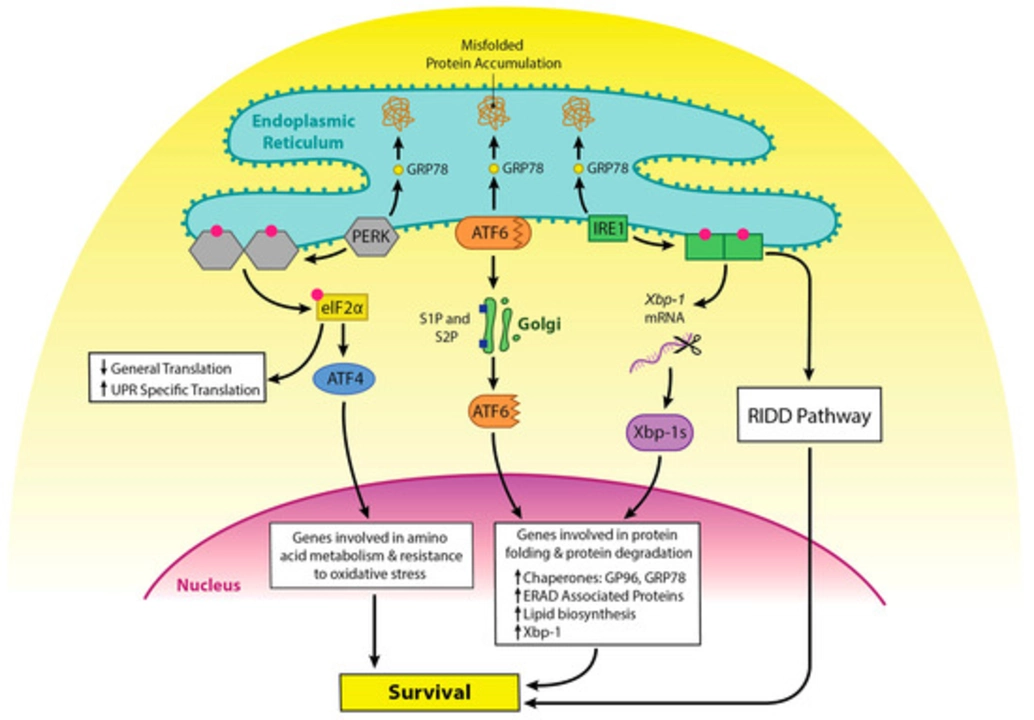Understanding Mechanism of Action: How Medicines Work in Your Body
Ever wondered how that pill you take actually does what it’s supposed to? The mechanism of action (MOA) is all about how a drug affects your body to produce a result. Whether you’re taking antibiotics, painkillers, or supplements, knowing the basics of MOA helps you understand why and how these medicines work.
Simply put, the mechanism of action describes the specific biochemical interaction through which a drug produces its effect. This means the drug targets certain cells, enzymes, or receptors in your body to trigger a change — like killing bacteria, easing pain, or lowering blood pressure.
How Different Drugs Work
Drugs have different ways of working, depending on what they’re designed to do. Take antibiotics like amoxicillin or erythromycin. They interrupt bacteria’s ability to grow or build cell walls, making the bacteria die off or stop multiplying. That’s why these drugs are great for infections.
Then there are medications like blood thinners (Coumadin) which work by preventing your blood from clotting too easily. This lets blood flow freely, cutting the risk of clots that could cause severe problems like strokes.
Why Knowing MOA Matters
Understanding MOA isn’t just for scientists; it helps you make smarter choices about your medication. For example, if two drugs work in similar ways, taking them together may increase side effects or be unnecessary. Knowing how your drug works can help you watch out for side effects or interactions with other meds or supplements.
Plus, if you ever have questions about a new prescription, understanding the basics of action can spark better conversations with your doctor or pharmacist. It’s all about having the full picture so you’re confident with your treatment plan.
Keep in mind, every drug’s mechanism is unique. That’s why medications for the same illness can act differently. If you want to learn more about specific drugs or their actions, it’s smart to check trusted resources or ask healthcare pros who keep the facts clear and straightforward.
Understanding the mechanism of action of chlorpromazine
- DARREN LLOYD
- 17
I recently learned about chlorpromazine, a medication that has been widely used in treating mental disorders like schizophrenia. Its mechanism of action is quite interesting, as it primarily works by blocking dopamine receptors in the brain. This helps in reducing the excessive activity of dopamine, which is believed to contribute to the symptoms of schizophrenia. Additionally, chlorpromazine also has some effects on other neurotransmitter systems, like serotonin and norepinephrine. Overall, it's a fascinating drug that has greatly impacted the treatment of mental health conditions.
READ MORE
